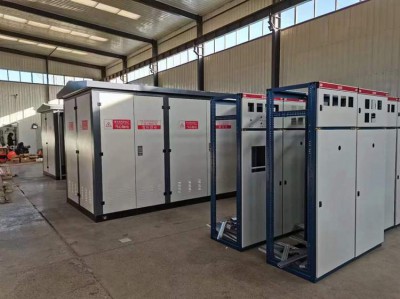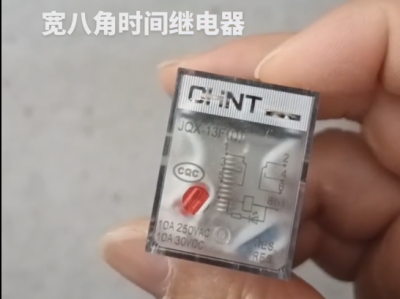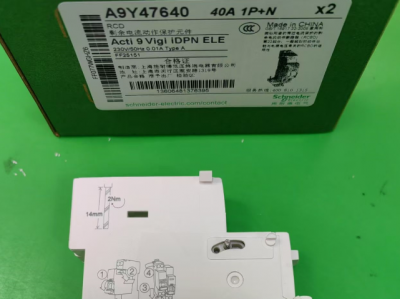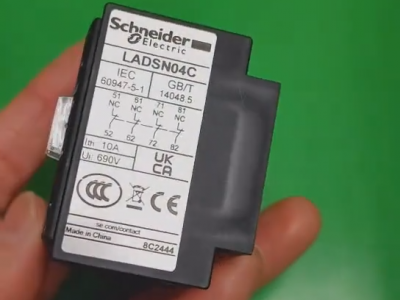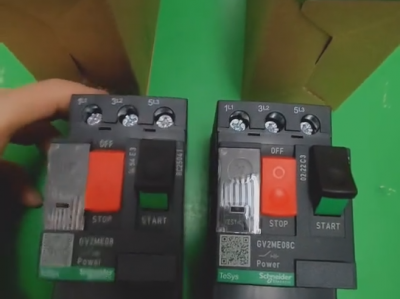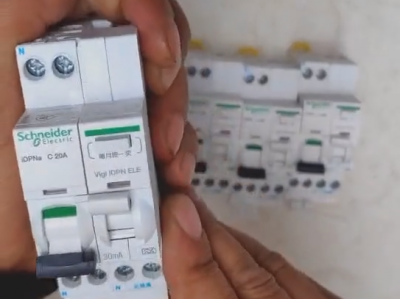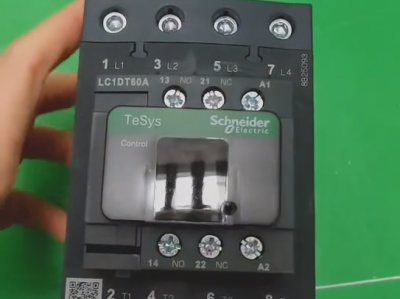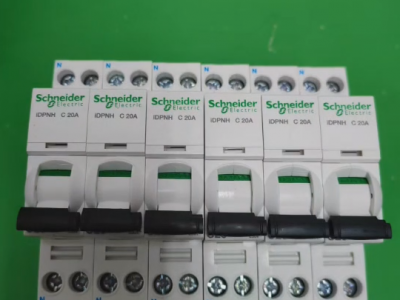CHINT-NM10-100-330/100A Molded Case Circuit Breaker
Product description
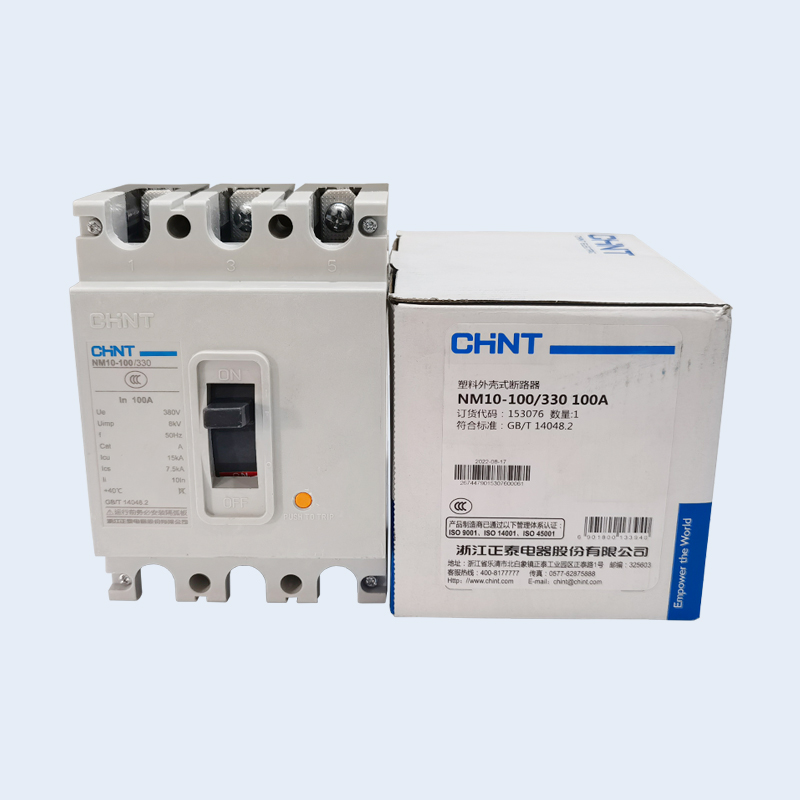 The CHINT-NM10-100-330/100A Molded Case Circuit Breaker is a protection device for the power distribution network produced by CHINT Group. The following will introduce it from dimensions such as its meaning, features, working principle, application scenarios, etc.:
The CHINT-NM10-100-330/100A Molded Case Circuit Breaker is a protection device for the power distribution network produced by CHINT Group. The following will introduce it from dimensions such as its meaning, features, working principle, application scenarios, etc.:
- **Meaning of the Model*YouTube:https://youtube.com/shorts/ohxDNeoDJGQ *
- **CHINT**: It represents the CHINT brand, which is a well-known domestic manufacturer of electrical equipment.
- **NM10**: It indicates that this circuit breaker belongs to the NM10 series.
- **100**: It refers to the frame current rating of this circuit breaker being 100A, that is, the maximum continuous current that the circuit breaker can withstand is 100A.
- **330**: The first digit "3" indicates that the circuit breaker has 3 poles and is used in a three-phase circuit; the second digit "3" indicates that the circuit breaker is equipped with a thermal-magnetic release and has the functions of overload long-time delay and short-circuit instantaneous protection; the third digit "0" indicates that the circuit breaker has no auxiliary contacts.
- **100A**: It indicates that the rated current of this circuit breaker is 100A, that is, the maximum current allowed to pass during normal operation is 100A.
- **Product Features**
- **Safe and Reliable**: It has the functions of overload, short-circuit and undervoltage protection, which can effectively protect the circuit and electrical equipment from damage and prevent safety accidents such as electrical fires.
- **Stable Performance**: It adopts a thermal-magnetic release, which is sensitive in response and reliable in action, and can operate stably under different working conditions.
- **Convenient Operation**: It usually adopts a manual operation mode, and the operation handle is located on the front of the circuit breaker, which is convenient for the operator to perform closing and opening operations.
- **Easy Installation**: It has a small size and a compact structure, and there are various installation methods. It can be installed in a fixed or plug-in way, which is convenient for installation and use in different distribution boxes or switchgears.
- **Working Principle**
- **Overload Protection**: When there is an overload current in the circuit, the heating element of the thermal release heats up, causing the bimetallic strip to bend, pushing the free release mechanism to act, and the main contacts disconnect the main circuit, thus protecting the electrical equipment and lines from overload damage.
- **Short-circuit Protection**: When a short-circuit occurs in the circuit, the short-circuit current will increase sharply in an instant. The electromagnetic release will quickly sense this abnormal current, generate a strong electromagnetic force, drive the release mechanism to act immediately, and disconnect the circuit breaker to prevent the short-circuit current from causing destructive damage to the electrical equipment and lines.
- **Undervoltage Protection**: When there is an undervoltage situation in the circuit, the undervoltage release will detect that the voltage is lower than the normal level, and it will also trigger the release mechanism to make the circuit breaker disconnect the circuit, ensuring that the electrical equipment will not be damaged under unstable voltage conditions.
- **Application Scenarios**
- **Residential Buildings**: It is used in household distribution boxes to protect household electrical appliances from the influence of faults such as overload and short-circuit, and ensure the safety of household electricity use.
- **Commercial Buildings**: In the power distribution systems of places such as shopping malls, office buildings, and hotels, it is used to protect electrical equipment such as lighting, air conditioners, and elevators, and ensure the normal operation of commercial activities.
- **Industrial Factories**: In industrial production, it is used to protect electrical equipment such as motors and production equipment to prevent production interruptions or equipment damage caused by circuit failures.
- **Other Places**: It can also be applied to the power distribution systems of medical institutions, schools, public places, etc., providing reliable protection for the electrical equipment in these places.
- **Precautions**
- **Installation Environment**: It should be installed in a dry, ventilated place without corrosive gases. The ambient temperature should be between -5°C and +40°C, and the altitude should not exceed 2000m.
- **Model Selection and Matching**: When selecting a circuit breaker, it should be reasonably selected according to parameters such as the rated current and short-circuit current of the circuit to ensure that the rated current and short-circuit breaking capacity of the circuit breaker can meet the requirements of the circuit.
- **Regular Maintenance**: Regularly inspect and maintain the circuit breaker, clean the dust and debris, check the contact condition of the contacts and the action condition of the release mechanism to ensure the reliable performance of the circuit breaker.

